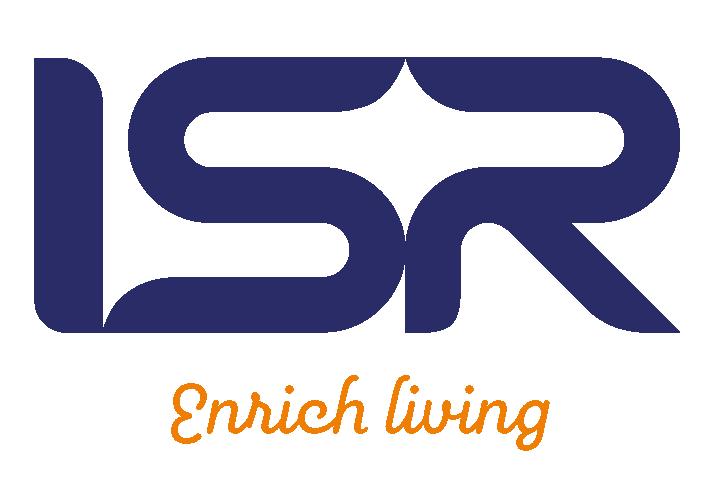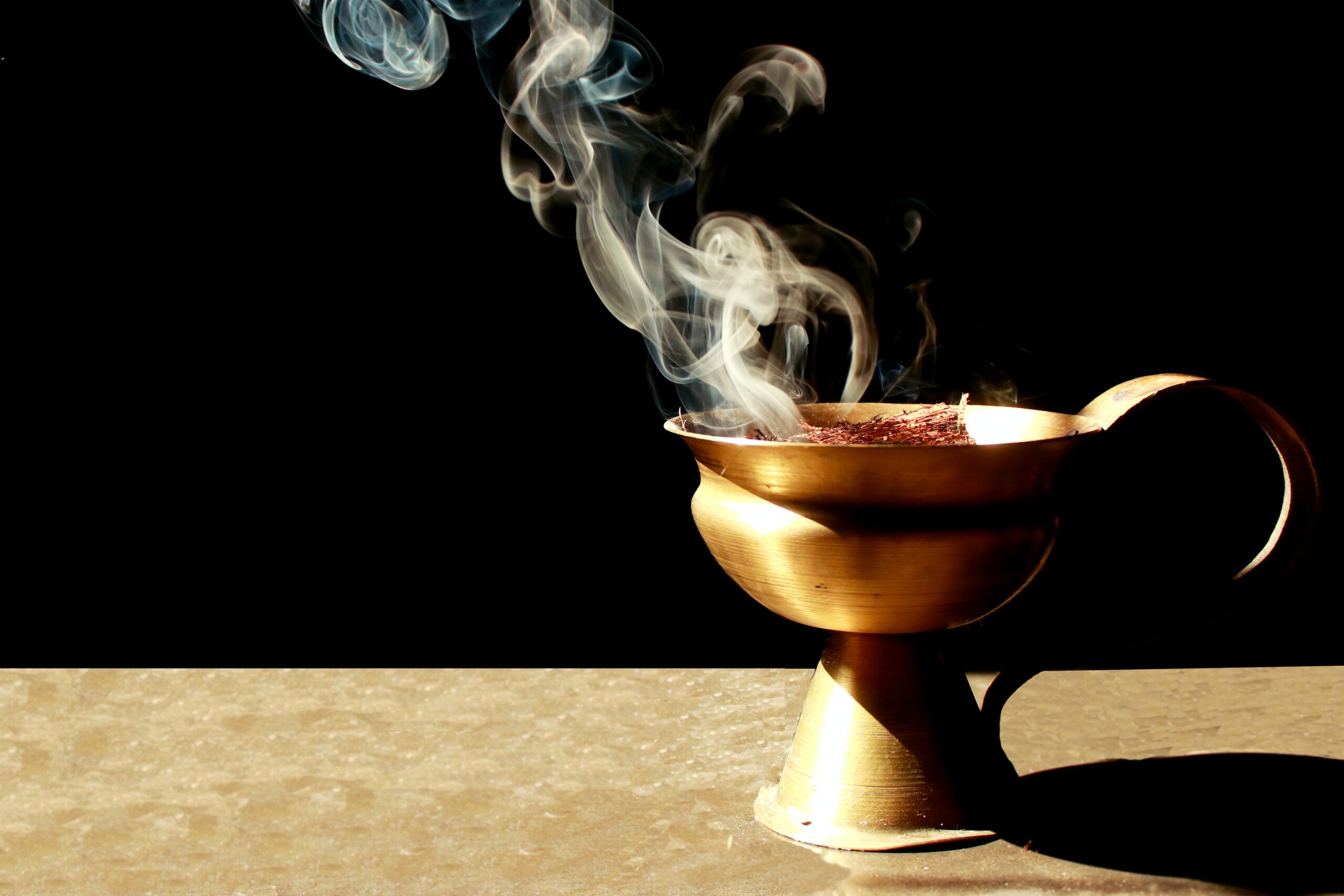
Vastu Shastra in modern times is similar from the one that was practised in the ancient period. However, the process and the approach have been modified, according to the present-day needs. Nevertheless, the central idea of the Vastu-compliant buildings remains the same, which has descended from the Vedic sagas.
From Vitruvius theory to Feng Shui to Vastu Shastra all these sciences are from different parts of the world but they all have the same message. The main purpose of Vastu Shastra is to lay down some guidelines for the architects to design buildings in harmony with nature and taking advantage of the prevailing natural gifts of sunlight, wind, cosmic energy and to make a habitat which is beneficial to the inhabitants and make their life happy and prosperous.
Vastu for home is the union of proper orientation and placement of spaces for activities that relate to the cardinal directions (north, south, east and west).
A building and its design are the essence of Vastu Shastra architecture. The exterior of a home can help channel the positive vibes and prevent any negative forthcomings.
- Symmetrical or right-angled shaped plots, such as rectangles or squares, work well according to the Vastu principles. These plot shapes are highly beneficial and lead to prosperity, well-being and happiness for the homeowners.
- Irregular or curved-shaped structures (oval, circular or semi-circular) are inauspicious as per the Vastu house plan, they restrict an individual’s growth and cause sorrow, misery, loss of wealth and other problems.
As per Vastu Shastra, any direction that a home faces – East, West, North or South is considered good, provided they adhere to some principles.
North-facing Vastu Plan
The north direction is dedicated to Lord Kuber, the god of wealth. If Vastu principles are implied properly, a north-facing home can be brimming with positivity and prosperity. For a north-facing house Vastu plan, the main entrance of a house is towards the north direction. It is important to acknowledge that the direction of a house is determined by the position of its main door.
However, it is essential to adhere to Vastu Shastra guidelines for positioning certain elements to make a huge difference in your lifestyle and future while designing a north-facing Vastu house plan. For instance, the kitchen should be in the northwest direction.
South-facing Vastu Plan
South-facing homes get a very bad reputation and most home buyers tend to run a bit weary. These misconceptions can easily be slashed with the right south-facing house Vastu plan tips that can bring in positivity, happiness, peace and prosperity. According to Vastu Shastra, the entrance in your south-facing property must be placed in the centre of a south-facing wall or area, so that positive energy is aligned throughout the house. East and south directions are ideal for pooja room Vastu in a south facing house.
The amount of sunlight received in a south facing home can be a boon or bane depending upon the location and the surroundings of the building. In summers maximum sun radiations are quite harmful to the human body while during winters or in hilly areas the energy consumed keeps the house warm and heated.
East-facing Vastu Plan
According to Vastu Shastra, an east-facing house is considered auspicious for the homeowners. In accordance with a scientific view, east-facing house Vastu plans are blessed with good fortune and luck. The sun rays in the early morning in east-facing houses. This direction seeks maximum positive energy and good health for the owners.
For an east-facing home, the main entrance should be exactly in the middle rather than in the south-east or north-east, as these two corners are considered unfavourable, according to Vastu. If it is in the northeast corner, ensure you leave a six-inch gap between the wall and the main door to maximise the flow of positive energy inside.
Vastu for the living room should be placed in the north-east side to succeed in both personal and professional life. Further, Vastu for bedrooms in east-facing properties should be placed in the southwest direction.
West-facing Vastu Plan
Among homeowners a west-facing house is usually less preferred, as they are considered inauspicious, which is a myth due to a lack of understanding and misinterpretation of the Vastu Shastra. Experts say that the West direction brings wealth and prosperity proves favourable, especially for people in certain professions like business, politics, nursing and teachers.
The entrance of the home exudes positive energy, in the west-facing house Vastu plan the main entrance should be designed as per the Vastu principles. As per the Vastu concepts, the pooja room and living room should be in the northeast of the house as it is a most sacred corner.
In the living room, as per experts, the right placement of a money plant is very important to see its positive effect on your life. It should be kept in the south-east direction for good luck and prosperity.
Benefits of Vastu Shastra
- Vastu-compliant homes built in accordance with the natural elements balance the cosmic energies and ensure prosperity and overall success.
- The perfect Vastu settings let positive energies flow into your house, enhance the inner peace and harmonize the relations.
- Vastu guides a clutter-free and well-lit home that attracts good vibes and uplifts financial conditions.
Conclusion
Vastu Shastra entangles the concept of variants of energies that influence the life of inhabitants. Vastu Shastra principles harmonise life with energies present around. While designing your house or looking for a house take into consideration these Vastu tips for the main entrance, master bedroom, kitchen, etc. for healthy and better living. Most real estate developers plan their designs as per Vastu shastra principles.
Recent Posts
-
Revolutionizing Bengaluru: How Co-Living and Co-Working Spaces are Reshaping the City’s Real Estate Landscape
-
Navigating the New Frontier: How Bengaluru’s Tech Boom is Reshaping Its Real Estate Landscape
-
Revolutionizing Real Estate: The Role of Technology in the Industry
-
Get your Home Monsoon Ready – 10 Essential Tips
-
Vastu Shastra House Plan Tips – Analytical Approach




